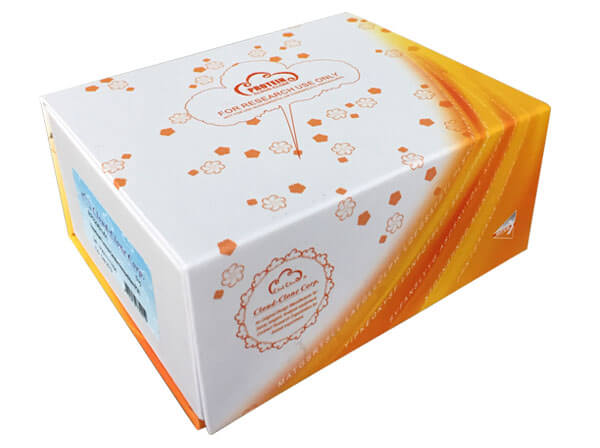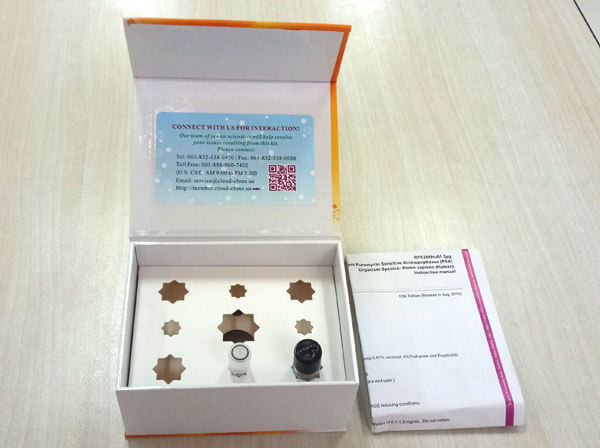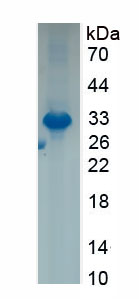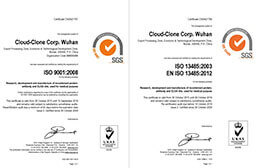Active Phospholipase A2 Receptor 1 (PLA2R1) 

CLEC13C; PLA2G1R; PLA2IR; PLA2R; 180 kDa secretory phospholipase A2 receptor; C-type lectin domain family 13 member C; Soluble secretory phospholipase A2 receptor
- UOM
- FOB US$ 208.00 US$ 520.00 US$ 1,040.00 US$ 3,120.00 US$ 7,800.00
- Quantity
Overview
Properties
- Product No.APD851Hu01
- Organism SpeciesHomo sapiens (Human) Same name, Different species.
- ApplicationsCell culture; Activity Assays.
Research use only - DownloadInstruction Manual
- CategoryMetabolic pathway
- Buffer FormulationPBS, pH7.4, containing 0.01% SKL, 5% Trehalose.
- Traits Freeze-dried powder, Purity > 80%
- Isoelectric Point6.8
Sign into your account
Share a new citation as an author
Upload your experimental result
Review

Contact us
Please fill in the blank.
Activity test
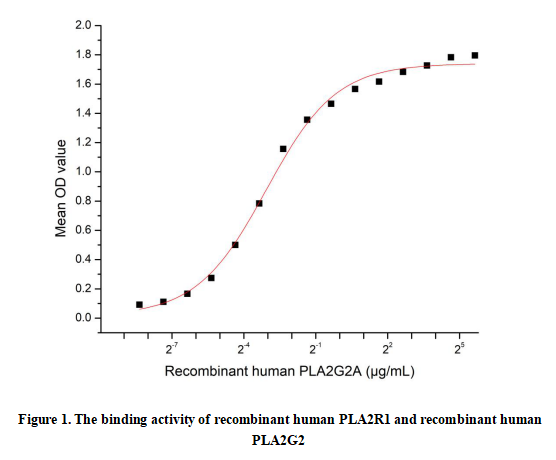
Phospholipase A2 Receptor 1 (PLA2R1) is a type I transmembrane glycoprotein belonging to the mannose receptor family. It is primarily expressed on the surface of podocytes in the kidney glomerulus and plays important roles in cell senescence, apoptosis, and maintaining glomerular filtration barrier function. PLA2R1 has gained significant clinical attention as it is identified as the major autoantigen in primary membranous nephropathy, where autoantibodies against PLA2R1 are pathogenic drivers of the disease. Besides, PLA2R1 functions as a specific receptor that binds secreted PLA2G2, thus a functional binding ELISA assay was conducted to detect the interaction of recombinant human PLA2R1 and recombinant human PLA2G2. Briefly, PLA2G2 was diluted serially in PBS with 0.01% BSA (pH 7.4). Duplicate samples of 100 μl were then transferred to PLA2R1-coated microtiter wells and incubated for 1h at 37℃. Wells were washed with PBST and incubated for 1h with anti-PLA2G2 pAb, then aspirated and washed 3 times. After incubation with HRP labelled secondary antibody for 1h at 37℃, wells were aspirated and washed 5 times. With the addition of substrate solution, wells were incubated 15-25 minutes at 37℃. Finally, add 50 µL stop solution to the wells and read at 450/630nm immediately. Measured by its binding ability in a functional ELISA. When Recombinant PLA2R1 is lmmobilized at 2 µg/mL(100 uLwell), the concentration of PLA2G2 that produces 50% optimal bindingresponse is found to be approximately 0.12 µg/mL.
Usage
Reconstitute in 10mM PBS (pH7.4) to a concentration of 0.1-1.0 mg/mL. Do not vortex.
Storage
Avoid repeated freeze/thaw cycles. Store at 2-8°C for one month. Aliquot and store at -80°C for 12 months.
Stability
The thermal stability is described by the loss rate. The loss rate was determined by accelerated thermal degradation test, that is, incubate the protein at 37°C for 48h, and no obvious degradation and precipitation were observed. The loss rate is less than 5% within the expiration date under appropriate storage condition.
Increment services
-
 BCA Protein Quantification Kit
BCA Protein Quantification Kit
-
 Molecular Mass Marker for Protein
Molecular Mass Marker for Protein
-
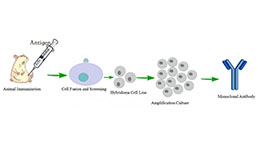 Monoclonal Antibody Customized Service
Monoclonal Antibody Customized Service
-
 Polyclonal Antibody Customized Service
Polyclonal Antibody Customized Service
-
 Protein Activity Test Experiment Service
Protein Activity Test Experiment Service
-
 Electrophoretic Mobility Shift Assay (EMSA) Experiment Service
Electrophoretic Mobility Shift Assay (EMSA) Experiment Service
-
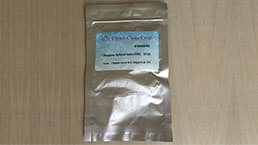 Buffer
Buffer
-
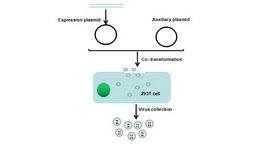 Lentivirus Packaging Experiment Service
Lentivirus Packaging Experiment Service
-
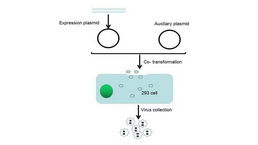 Adenovirus Packaging Experiment Service
Adenovirus Packaging Experiment Service
-
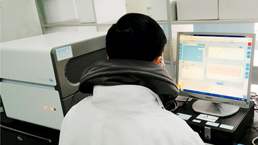 Real Time PCR Experimental Service
Real Time PCR Experimental Service
-
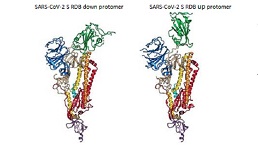 Spike RBD Protein (S-RBD)
Spike RBD Protein (S-RBD)
-
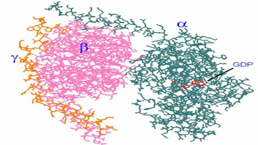 Protein G
Protein G
-
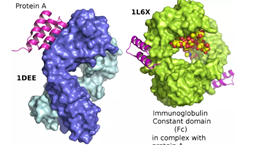 Protein A
Protein A



